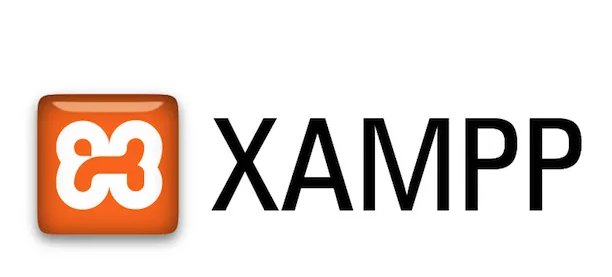
Understanding XAMPP is free (free software), which supports for many operating systems, which is a compilation of several programs.
XAMPP's own function is as a stand-alone server (localhost), which consists of several programs, among others: Apache HTTP Server, MySQL database, and language translator written in PHP and Perl programming languages. The name XAMPP itself stands for X (four operating systems of any kind), Apache, MySQL, PHP and Perl. This program is available in GNU General Public License and is free, an easy-to-use web server that can display dynamic web pages. To get it XAMPP you can download directly from the official web. And here are some other program definitions contained in XAMPP.
The name XAMPP stands for X (four operating systems), Apache, MySQL, PHP and Perl. The program is available under the GNU General Public License and is free, it is easy to use a web server that can serve the dynamic web page views. If you want to get xampp can download directly from the official website.
- XAMPP Components
XAMPP 1.8.3 for Windows, Including:
Apache 2.4.4
MySQL 6.5.11
PHP 5.5.0
phpMyAdmin 4.0.4
FileZilla FTP Server 0.9.41
Tomcat 7.0.41 (with mod_proxy_ajp as connector)
Strawberry Perl 5.16.3.1 Portable
XAMPP Control Panel 3.2.1 (from hackattack142)
- XAMPP 1.8.3 for Linux, Including:
Apache 2.4.4
MySQL 6.5.11
PHP 5.5.0
phpMyAdmin 4.0.4
OpenSSL 1.0.1e
XAMPP stands for every letter
X: This program can run on many operating systems, such as Windows, Linux, Mac OS, and Solaris.
A: Apache, Web application server. Apache's main task is to generate the correct web page to the user against PHP code that has been written by the web page maker. if necessary PHP code is also based on written, can be database accessed first (eg MySQL) to support the resulting web page.
M: MySQL, the database application server. Its growth is called SQL stands for Structured Query Language. SQL is a structured language that is enabled to process the database. MySQL can be used to create and manage databases and their contents. Can also use MySQL in order to add, change, and delete data in the database.
P: PHP, web programming language. PHP programming language is a programming language for creating web server-side scripting. PHP is used to create dynamic web pages. The database management system that is often used with PHP is MySQL. but PHP also supports the management of Oracle database system, Microsoft Access, Interbase, d-base, PostgreSQL, and so on.
P: Perl, the programming language for all purposes, was first developed by Larry Wall, a Unix engine. Perl was first released on December 18, 1987 marked by the release of Perl 1. In later versions, Perl is also available for various Unix operating systems (SunOS, Linux, BSD, HP-UX), also available for operating systems such as DOS, Windows , PowerPC, BeOS, VMS, EBCDIC, and PocketPC.